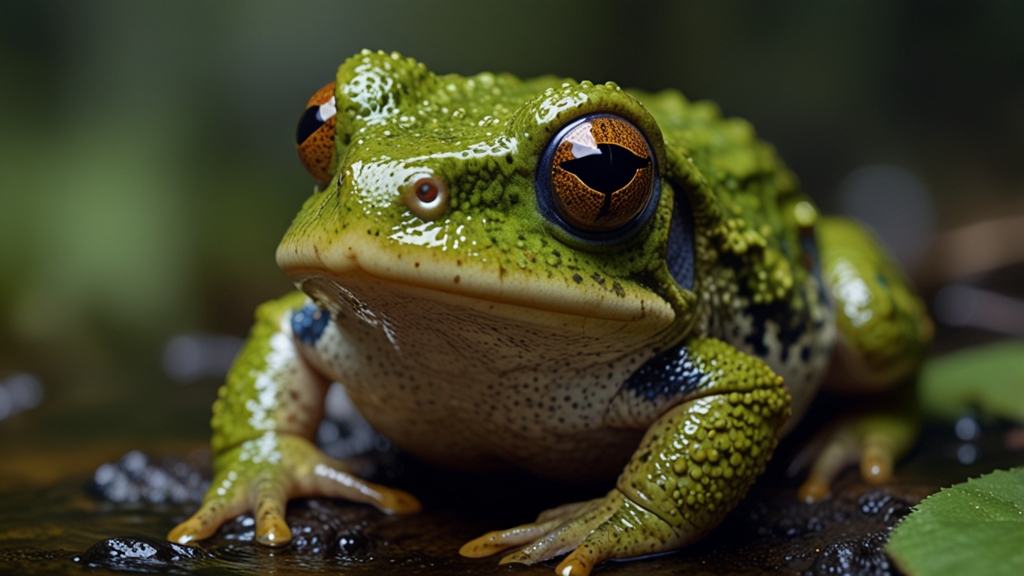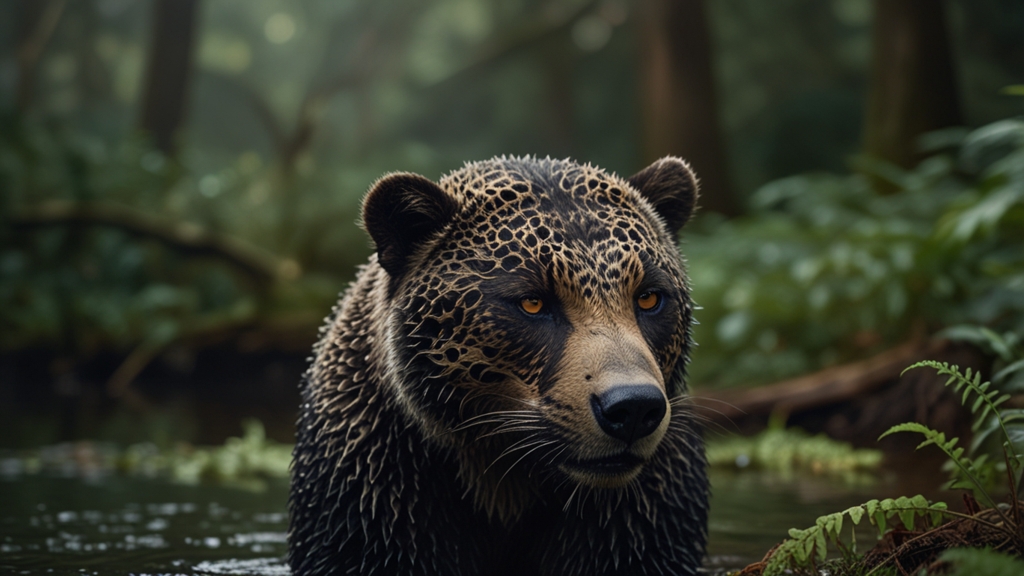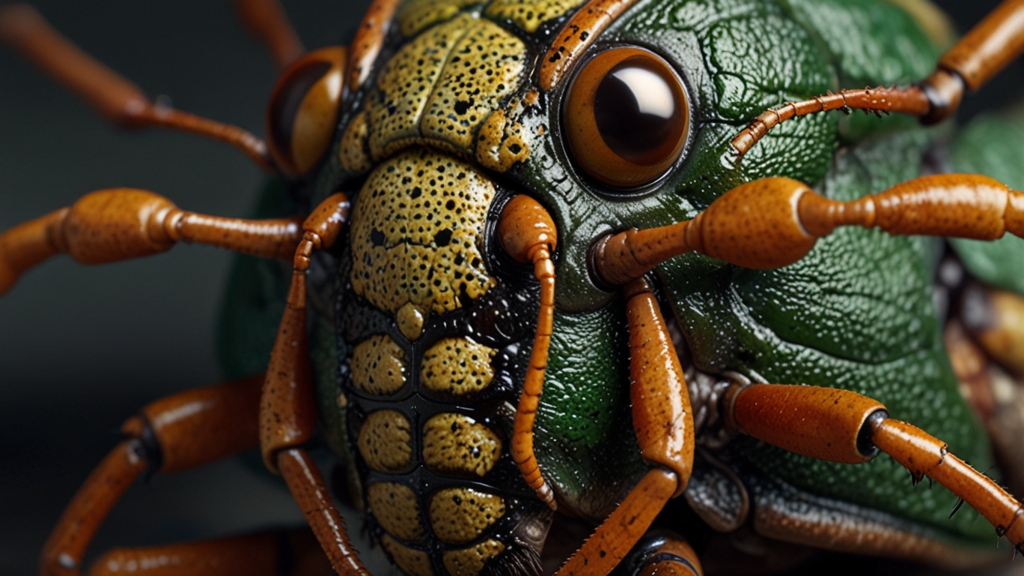The Hidden World of Amphibians: Nature's Unseen Marvels
Amphibians, a fascinating group of creatures, often go unnoticed as they inhabit their dual worlds of water and land. This diverse class of animals includes frogs, toads, salamanders, and newts, each with unique adaptations that have piqued the interest of scientists and nature enthusiasts alike. Despite their integral role in ecosystems and rich biological diversity, amphibians remain largely hidden from everyday observation, making them nature's unseen marvels.
The Diversity of Amphibians
Amphibians are classified into three main orders: Anura (frogs and toads), Caudata (salamanders and newts), and Gymnophiona (caecilians). Each order showcases a remarkable range of forms, behaviors, and adaptations. Anurans, with their powerful jumping abilities and vocal communication, are perhaps the most familiar. Caudates, with their elongated bodies and regenerative capabilities, offer a glimpse into the incredible plasticity of amphibian biology. Caecilians, often the least known, are limbless, burrowing creatures that navigate through soil with a unique, serpentine grace.
Ecological Significance
Amphibians play crucial roles in their ecosystems. As both predators and prey, they maintain the balance of various populations, controlling insect numbers and providing food for birds, mammals, and reptiles. Their permeable skin, which facilitates cutaneous respiration and water absorption, also makes them sensitive indicators of environmental health. Amphibians are often the first to respond to changes in their habitats, signaling the presence of pollutants, climate change, and habitat destruction.
"Amphibians are environmental indicators. Their health often reflects the health of the ecosystem." - Environmental Scientist
Adaptations and Survival
The survival strategies of amphibians are as diverse as their species. Many have developed remarkable adaptations to thrive in their specific habitats. Frogs, for example, exhibit a wide range of reproductive strategies, from laying thousands of eggs in water to carrying eggs in specialized pouches. Some salamanders retain their larvae's gills into adulthood, while others can regenerate lost limbs. Caecilians, though less studied, demonstrate fascinating parental care behaviors, with some species providing nutrient-rich skin for their offspring to eat.
Challenges and Conservation
Despite their resilience, amphibians face numerous threats. Habitat destruction, climate change, pollution, and diseases such as chytridiomycosis have led to alarming population declines and extinctions. Conservation efforts are critical to preserving these unique creatures. Protecting and restoring natural habitats, curbing pollution, and fostering captive breeding programs are essential steps towards ensuring the survival of amphibian species.
"Without concerted conservation efforts, the world risks losing these irreplaceable marvels." - Conservation Biologist
Discovering Amphibians
To truly appreciate amphibians, one must venture into their hidden world. Observing these creatures requires patience and a keen eye. Whether it's the serenade of frogs on a spring night, the silent gliding of a newt in a pond, or the rare sight of a caecilian emerging from the soil, these experiences reveal the awe-inspiring diversity of amphibians. Such encounters not only deepen our understanding of amphibian life but also highlight the importance of their conservation.
"Every encounter with an amphibian is a step closer to understanding the intricate web of life." - Herpetologist
Conclusion
Amphibians, with their remarkable adaptations and ecological significance, are indeed nature's unseen marvels. Their hidden lives and incredible diversity offer endless opportunities for discovery and learning. As we continue to explore and understand these fascinating creatures, it is imperative that we also take action to protect them. By doing so, we not only preserve the intricate tapestry of life but also secure a healthier planet for future generations.





